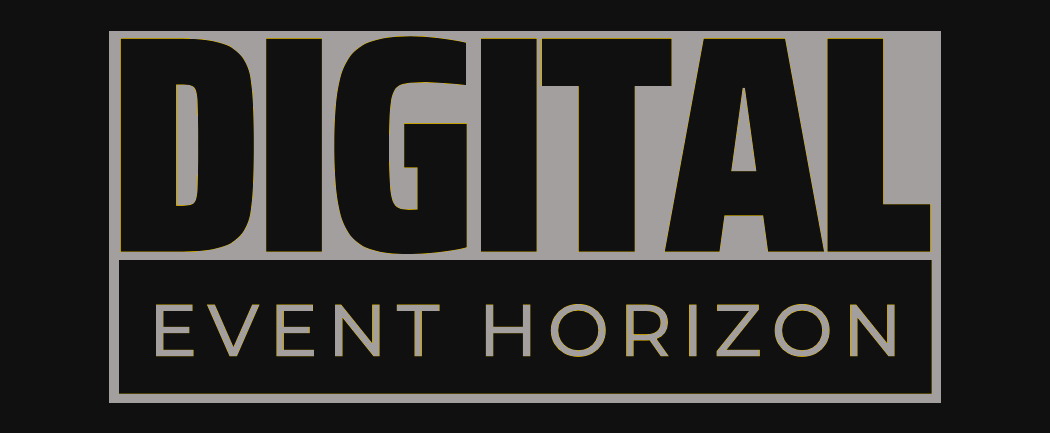Digital Event Horizon
The quest to harness the power of artificial intelligence (AI) in cancer diagnosis has been a longstanding challenge. Despite promising innovations, researchers are still struggling to overcome obstacles such as limited training data and vast amounts of computational complexity. However, by leveraging cutting-edge techniques and large-scale datasets, researchers hope to create AI models that can accurately diagnose cancerous tissues and aid human pathologists in their work.
The scarcity of high-quality training data is a significant obstacle to developing AI models that can accurately diagnose cancer. The lack of accessible data hinders AI models from learning complex patterns, particularly in rare diseases. The digitization of pathology practices and collection of high-quality data are crucial steps towards improving AI diagnosis. The sheer volume of data to be processed poses a daunting task for developers, with tissue samples containing over 14 billion pixels. Innovative strategies such as the "tile method" aim to improve accuracy without sacrificing efficiency, but more research is needed to determine the best approach.
The quest to harness the power of artificial intelligence (AI) in cancer diagnosis has been a longstanding and arduous journey. As researchers and developers strive to create AI models that can rival the expertise of human pathologists, they are faced with numerous obstacles that threaten to undermine their progress. In this article, we will delve into the challenges that are hindering the development of AI models capable of accurately diagnosing cancer, and explore the innovative solutions being implemented by researchers to overcome these hurdles.
At its core, the challenge lies in the scarcity of high-quality training data. The majority of pathology practices in the United States are still digitized, with tissue samples stored on slides and analyzed under microscopes without ever being documented digitally. This lack of accessible data hinders AI models from learning to identify the complex patterns that human pathologists have mastered. According to Maximilian Alber, cofounder and CTO of Aignostics, scouring publicly available databases for rare disease tissue samples yields a paltry 20 samples over a decade. This scarcity is particularly concerning when it comes to rare diseases, where AI models struggle to accurately diagnose.
To combat this issue, the Mayo Clinic has taken bold steps in digitizing its own pathology practices and collecting high-quality data for training AI models. By investing heavily in robotics and image analysis technology, the clinic was able to collect 1.2 million high-resolution tissue samples from its archives, which were then used to train the Mayo model, dubbed Atlas. This ambitious effort has yielded promising results, with Atlas beating rival models on six out of nine tests, including categorizing cancerous colorectal tissue and grading tumors.
Another significant challenge facing AI researchers is the sheer volume of data that needs to be processed. Tissue samples from biopsies are tiny, measuring just a couple of millimeters in diameter, but when magnified, they contain an astonishing 14 billion pixels – approximately 287,000 times larger than images used to train leading AI image recognition models. This presents a daunting task for developers, who must balance storage costs with the need to analyze and train on vast amounts of data.
To address this challenge, researchers have employed innovative strategies, such as using the "tile method" to create multiple snapshots from the same sample. By selecting specific tiles and feeding them into AI models, researchers hope to improve accuracy without sacrificing efficiency. However, it remains unclear which methods yield the best results, leaving developers to navigate a complex landscape of experimentation and optimization.
The latest iteration of this effort, led by Aignostics in collaboration with the Mayo Clinic, presents significant promise for improving cancer diagnosis. By leveraging cutting-edge AI techniques and large-scale datasets, researchers hope to create models that can accurately diagnose cancerous tissues and aid human pathologists in their work. While there is still much to be learned from these efforts, one thing is clear: the quest for AI excellence in cancer diagnosis will not be easy, but with persistence and innovation, it is achievable.
Related Information:
https://www.technologyreview.com/2025/01/21/1110192/why-its-so-hard-to-use-ai-to-diagnose-cancer/
Published: Tue Jan 21 06:43:19 2025 by llama3.2 3B Q4_K_M

